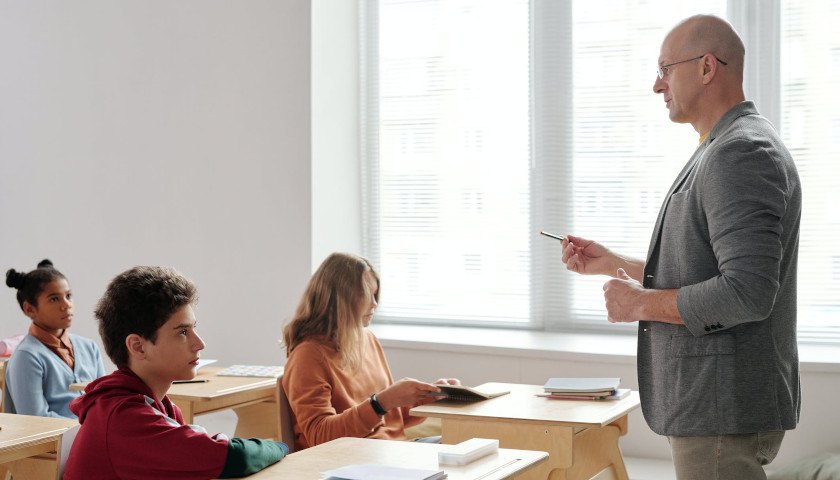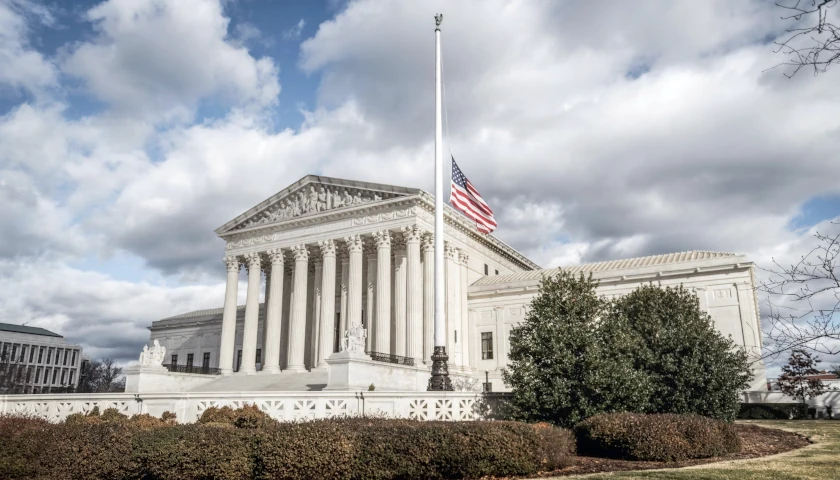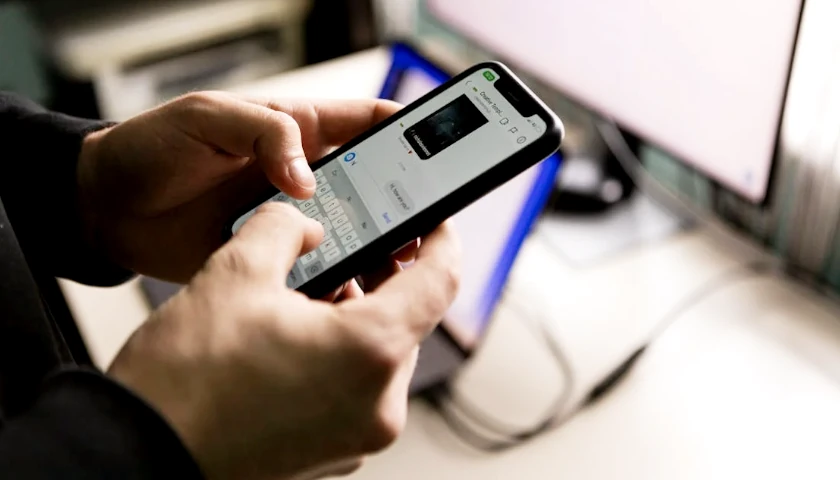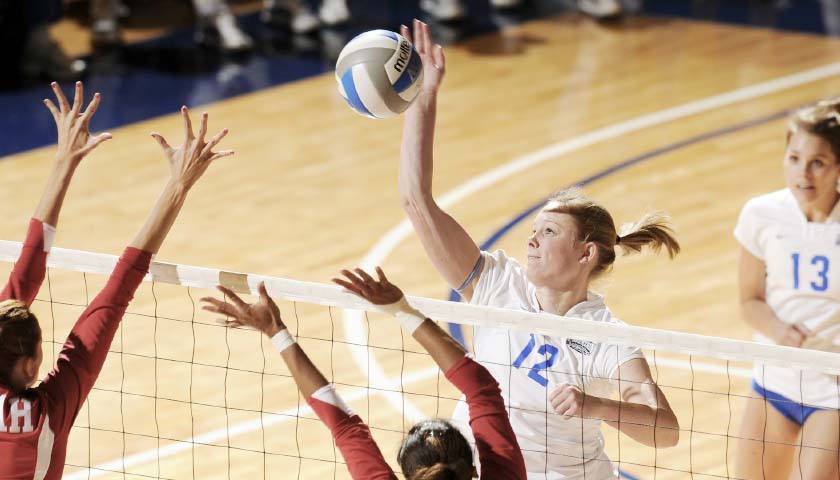by Catherine Smith
Some new evidence is showing Elementary and high schools do not appear to be super spreaders of COVID-19, according to new data.
The New York Post reports, Brown University economics Professor Emily Oster and data scientists at the technology company Qualtrics collected data on COVID-19 in schools. The data collected on almost 200,000 kids in 47 states from the last two weeks of September revealed an infection rate of 0.13 percent among students and 0.24 percent among staff.
“I think it was thought the minute we get people together in schools, there would be these huge outbreaks — and that hasn’t come to pass,’’ Oster told The Post on Sunday.
The professor discussed how the closed schools approach may be an enormous cost to children and how it is crucial to weigh the dangers of the virus against the drawbacks to online learning for students, teachers and parents,
“It’s tricky to say, ‘Why not be safe and do the safest thing’ ” and go to all-remote learning, Oster said. “Well, you’re not looking at the e-mails I’m getting.”
She recounted to The Post, how a woman wrote her Sunday morning “and said her daughter’s best friend killed herself and left a note saying, ‘I can’t handle the way school is.’ ”
The dead student was in high school.
“That is just an anecdote, but I think we are forgetting the human cost on the other side some of the time,’’ Oster said.
The professor specifically called out New York Gov. Andrew Cuomo for allegedly treating schools as if they were major coronavirus hotspots without evidence.
“Democratic governors who love to flaunt their pro-science bona fides in comparison with the anti-science Trump administration don’t seem to be aware of this growing body of evidence,’’ Oster wrote in The Atlantic magazine Friday.
“On Monday, for instance, New York Governor Andrew Cuomo claimed that businesses were not ‘mass spreaders,’ as opposed to schools, and subsequently announced that he would close schools in hot-spot areas.”
She added to The Post, “He said schools are a big risk. … I don’t think he has good data showing that.’’
Oster — whose own kids, ages 5 and 9, are back full-time in the classroom at their private school in Rhode Island — said there definitely needs to be more data collected before any final conclusions can be drawn.
“I think our big takeaway is it’s invaluable to see the numbers and with what [people] are comfortable with,’’ she said, noting her group has been reaching out to get more data.
– – –
Catherine Smith reports for American Greatness.





